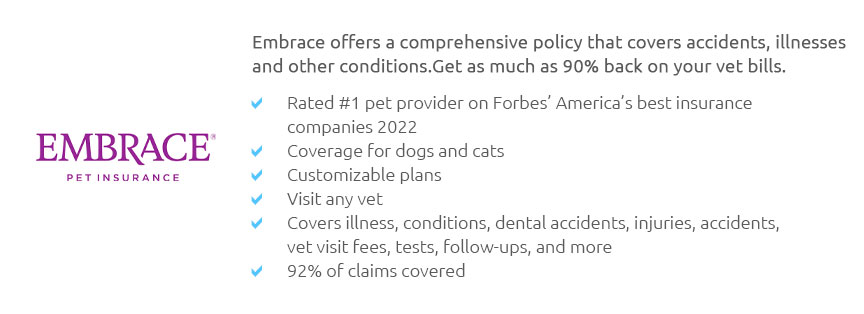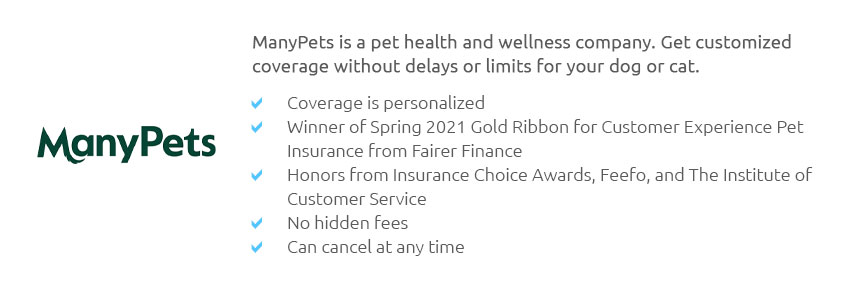 |
 |
 |
 |
 |
 |
|
 |
|
 |
|
 |
|
 |
|
 |
 |
 |
 |
 |
 |
 |
 |
Understanding When to Get Pet Insurance: A Comprehensive GuidePet insurance, often likened to a safety net for unforeseen veterinary expenses, is increasingly becoming a crucial consideration for pet owners worldwide. But the question that looms large for many is: when is the best time to secure pet insurance? The timing can significantly impact the coverage options and financial benefits, making it a decision worth pondering. First and foremost, let's address the most opportune moment to procure pet insurance: the earlier, the better. Much like human health insurance, pet insurance policies tend to favor the young and healthy. Securing insurance when your pet is a puppy or kitten can not only ensure lower premiums but also provide broader coverage options. Insurers often exclude pre-existing conditions from coverage, so enrolling your pet while they are still young and healthy can mitigate the risk of exclusions that might arise from conditions that develop over time. Moreover, obtaining insurance early on can afford peace of mind. Imagine this: your curious puppy swallows something they shouldn't have, or your energetic kitten takes a tumble. These scenarios, albeit common, can lead to unexpected vet visits that quickly add up in cost. With pet insurance in place from the get-go, you can focus more on your pet's recovery than on financial constraints. However, if you've missed the window of insuring your pet as a youngster, do not despair. While it is true that premiums may be higher for older pets, and some conditions might not be covered, many policies still offer substantial benefits for pets of all ages. Older pets are more susceptible to health issues, and having insurance can help manage the costs associated with age-related illnesses and treatments. It is crucial to compare different insurers and policies, as some may offer better terms for senior pets than others. Another pivotal moment to consider insurance is when you adopt a new pet. Adopting an animal, regardless of age, is a perfect time to evaluate insurance options. Shelters and adoption centers might provide a brief insurance trial, which can serve as an excellent opportunity to explore long-term insurance solutions. This period allows you to assess your pet's health and behavior, making informed decisions about the coverage you might need moving forward. As we delve deeper into the intricacies of pet insurance timing, it's worth noting that different life stages bring about different needs. For instance, during the early years, coverage focusing on accidents and illnesses might suffice. As pets age, policies that include chronic conditions, dental care, and even end-of-life expenses can become more pertinent. Tailoring your insurance to your pet's life stage can ensure you are neither over-insured nor underinsured.
In conclusion, while there's no universally perfect time to get pet insurance, earlier is generally better. Insuring your pet from a young age maximizes benefits and minimizes costs, but it's never too late to consider insurance, even for older pets. Thoughtful timing and a keen understanding of your pet's needs and potential future health challenges can guide you to make the most prudent decision. As you navigate through the myriad of pet insurance options, remember that this small investment can yield significant peace of mind, allowing you to cherish every moment with your furry companion without the looming worry of unexpected veterinary expenses. https://www.quora.com/Are-there-any-age-restrictions-for-enrolling-pets-in-insurance-plans-and-can-older-pets-still-get-coverage
Age restrictionsSome insurance companies have a maximum age limit for enrollment, which is usually around 10 to 12 years old. - CostPet insurance ... https://www.fetchpet.com/faqs/when-to-get-pet-insurance
If you're wondering, is it too late to get pet insurance? Here's some good news it's never too late to get pet insurance. https://www.cbsnews.com/news/what-is-best-age-to-get-pet-insurance/
Pet insurance will never be cheaper than it is when your pet is young and healthy. Young and healthy pets are less risky to insure than pets ...
|